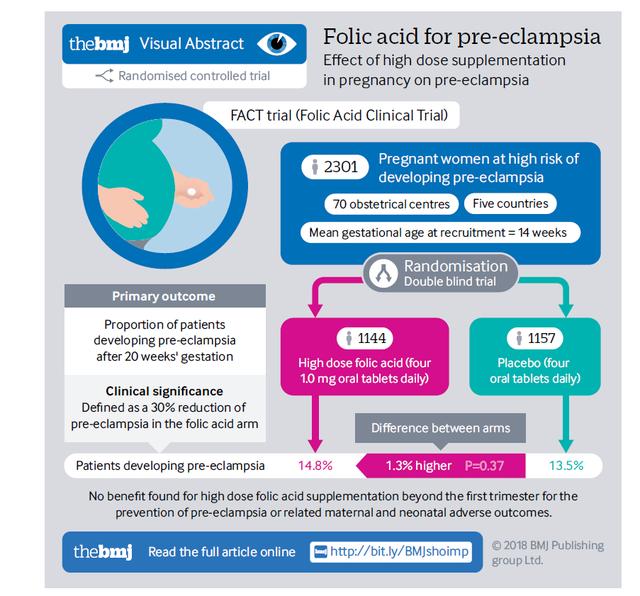Folate, or vitamin B9, is an essential vitamin required by the human body for normal growth and development as it plays a critical role in the synthesis of DNA and RNA, and in the metabolism of certain amino acids.
The term "folate" is actually a generic name for a group of related compounds with similar nutritional properties. The three most commonly used forms are folic acid, calcium folinate and levomefolate salts. All three forms can be incorporated into the body's metabolic pathways and may provide sources of the same biologically active form of folate – a compound known as 5-methyltetrahydrofolate (5-MTHF) or levomefolic acid.
Folic Acid:
Folic acid is the most common form of Vitamin B9 and is a synthetic compound that must be metabolised by the body before it can be used. It is converted by the body first to dihydrofolate (DHF), then tetrahydrofolate (THF) and finally to the biologically active form, levomefolic acid.
Folinic acid, also known as 5-formyltetrahydrofolate or leucovorin, is a formyl derivative of THF. It exists in two isomeric forms, and only the 6S-isomer is converted to THF and then levomefolic acid/ 5-MTHF. As a result, unless provided as purified 6S-isomer it does not provide a 1:1 molar equivalent source of folate relative to folic acid.
Levomefolate Calcium Salt:
Levomefolic acid, also known as 5-methyltetrahydrofolate (5-MTHF) is the biologically active form of folate and the form found in circulation. It does not require enzymatic conversion and can be utilised directly by the body.

 Español
Español Português
Português  русский
русский  Français
Français  日本語
日本語  Deutsch
Deutsch  tiếng Việt
tiếng Việt  Italiano
Italiano  Nederlands
Nederlands  ภาษาไทย
ภาษาไทย  Polski
Polski  한국어
한국어  Svenska
Svenska  magyar
magyar  Malay
Malay  বাংলা ভাষার
বাংলা ভাষার  Dansk
Dansk  Suomi
Suomi  हिन्दी
हिन्दी  Pilipino
Pilipino  Türkçe
Türkçe  Gaeilge
Gaeilge  العربية
العربية  Indonesia
Indonesia  Norsk
Norsk  تمل
تمل  český
český  ελληνικά
ελληνικά  український
український  Javanese
Javanese  فارسی
فارسی  தமிழ்
தமிழ்  తెలుగు
తెలుగు  नेपाली
नेपाली  Burmese
Burmese  български
български  ລາວ
ລາວ  Latine
Latine  Қазақша
Қазақша  Euskal
Euskal  Azərbaycan
Azərbaycan  Slovenský jazyk
Slovenský jazyk  Македонски
Македонски  Lietuvos
Lietuvos  Eesti Keel
Eesti Keel  Română
Română  Slovenski
Slovenski  मराठी
मराठी  Srpski језик
Srpski језик 









 Online Service
Online Service